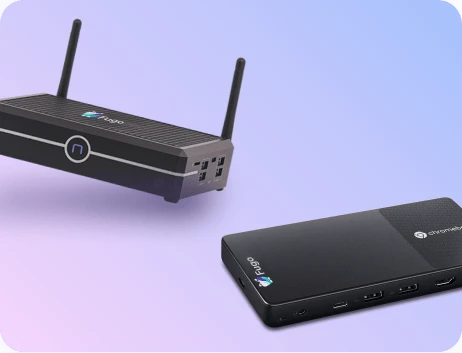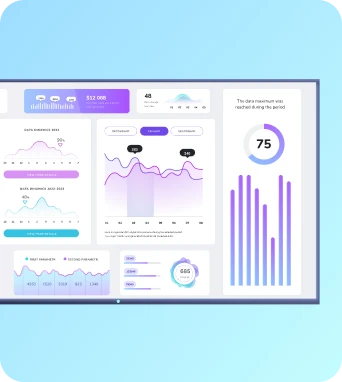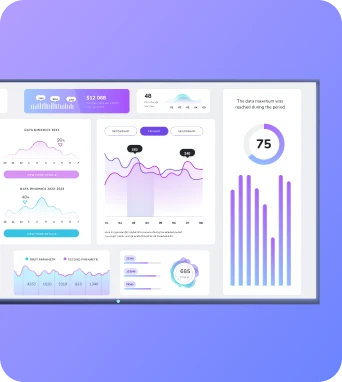Biometric analytics for signage
Biometric analytics for signage applies sensors and software to capture anonymised physical and behavioural cues—such as gaze direction, estimated age range, gender probability and dwell time—from viewers of digital signage and TV dashboards to measure attention, optimise content relevance and report audience engagement without storing identifiable biometric templates.
Biometric analytics for signage
How biometric analytics works for signage
Biometric analytics systems for signage typically combine camera-based sensing at or near the display with on-device or edge processing to extract ephemeral features of viewer behaviour. Algorithms estimate attributes such as whether a passerby glanced at a screen, how long they remained within an engagement zone, and broad demographic characteristics expressed as probabilistic categories rather than definitive identities. Many solutions apply privacy-preserving techniques including immediate aggregation, encryption, processing on the local media player rather than in the cloud, and deliberate avoidance of facial recognition or storage of facial templates. For Fugo.ai users, integration often means the analytics module sends only high-level events and counts into the signage platform to trigger playlists, serve targeted creative, or populate reporting dashboards without linking data to identifiable persons. From an operational perspective, the value lies in actionable KPIs: view-through rates, average dwell time, repeat viewers per hour, and audience composition by estimated cohort. These metrics enable network managers to A/B test content, optimise dayparting rules for different locations, and justify screen placements to stakeholders. IT teams should evaluate hardware compatibility, whether analytics run on the media player or an attached sensor, and the network implications of telemetry. Compliance with local regulations and organisational privacy policies should guide deployment choices, including signage labelling and opt-out mechanisms where required.
Use cases and benefits for TV dashboards and workplace displays
For workplace displays and TV dashboards, biometric analytics helps tailor information to the right audience at the right time. In an office reception area, analytics can indicate peak arrival windows and dominant viewer cohorts, allowing communications teams to schedule recruitment videos or health and safety notices when attention is highest. In retail or transit hubs, store operators use attention metrics to validate campaign effectiveness; if dwell time increases after creative changes, teams can infer improved engagement and refine creative strategy. In hospitality and corporate lobbies, dynamic messages can be triggered by detected audience sizes—shorter messages for brief engagements, richer content when dwell time is predicted to be longer. Beyond content optimisation, biometric analytics supports operational efficiency. Facilities teams can map footfall patterns and queue behaviours to adjust signage locations or refresh rates. Digital signage managers can automate content rotation based on audience composition, such as showing multilingual messaging when a higher proportion of a particular demographic is detected. Importantly, the benefits depend on responsible implementation: anonymised, aggregated outputs and transparent privacy notices preserve trust with employees and visitors while delivering the insights necessary to measure and improve screen performance. Integrations with Fugo.ai enable easy ingestion of analytic events into playlists and reporting, making these benefits accessible without bespoke engineering work.
Privacy, compliance and implementation considerations
Keep the learning going...
Big data for signage
Using large-scale data collection and analytics to optimize digital signage content, placement, scheduling, targeting, and performance measurement.
Biometric access displays
Biometric access displays are digital screens paired with biometric sensors (fingerprint, facial, iris or palm recognition) that verify identity at entry points, show access outcomes and compliance messages, and feed status to networked TV dashboards. They help centralise access control information and link with signage platforms like Fugo for automated alerts and rules.
Biometric audience tracking
Biometric audience tracking is the automated measurement of viewer characteristics and engagement at public displays using biometric signals such as facial features, gaze direction, and dwell time. In digital signage it estimates anonymised demographics and attention metrics to inform content decisions and measure campaign reach without storing personal identifiers.



